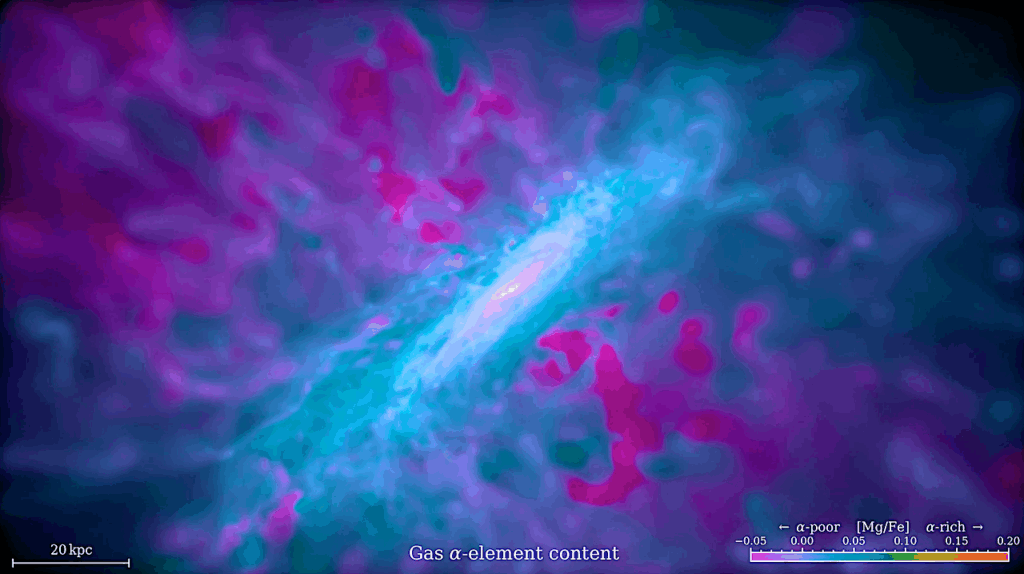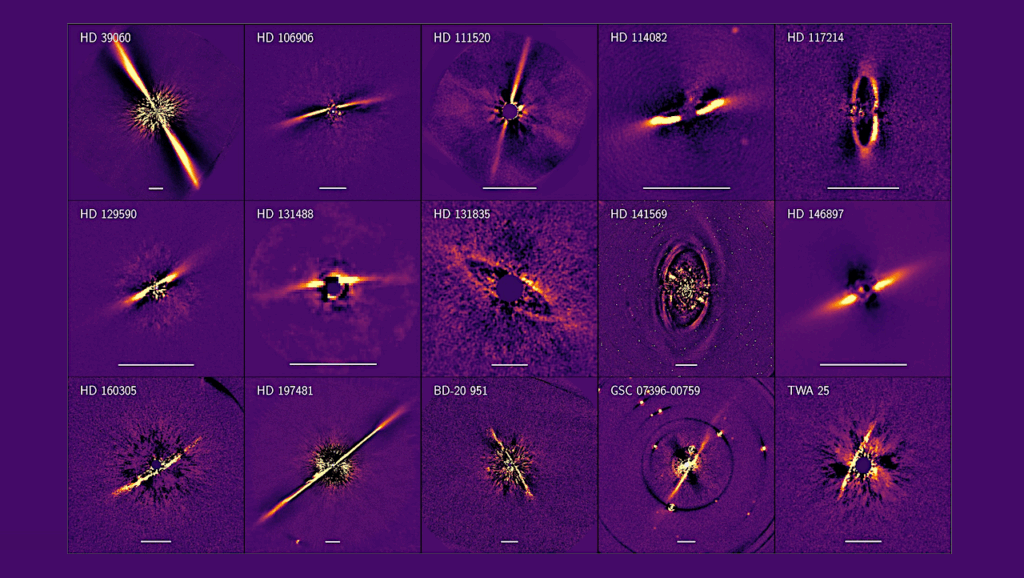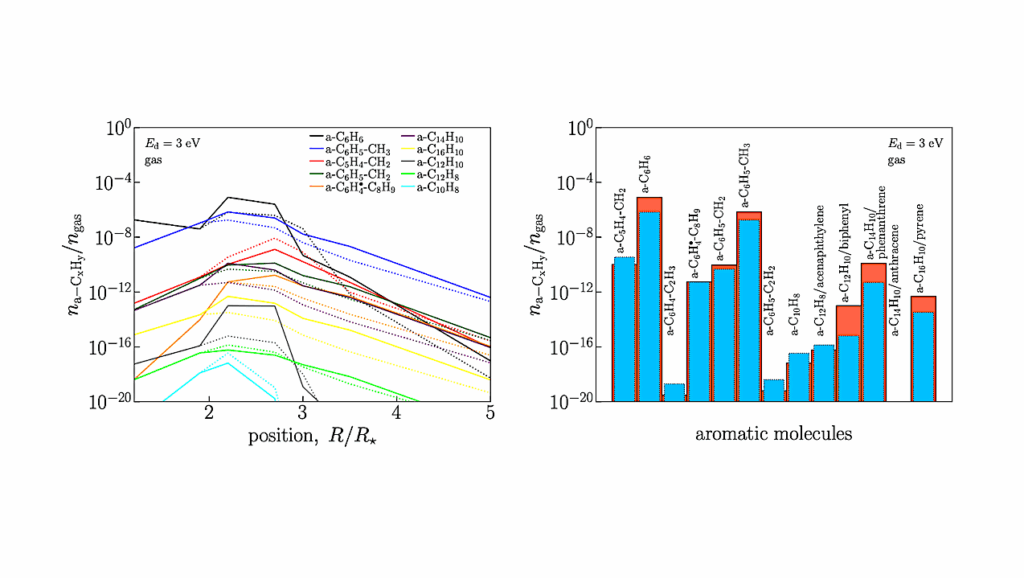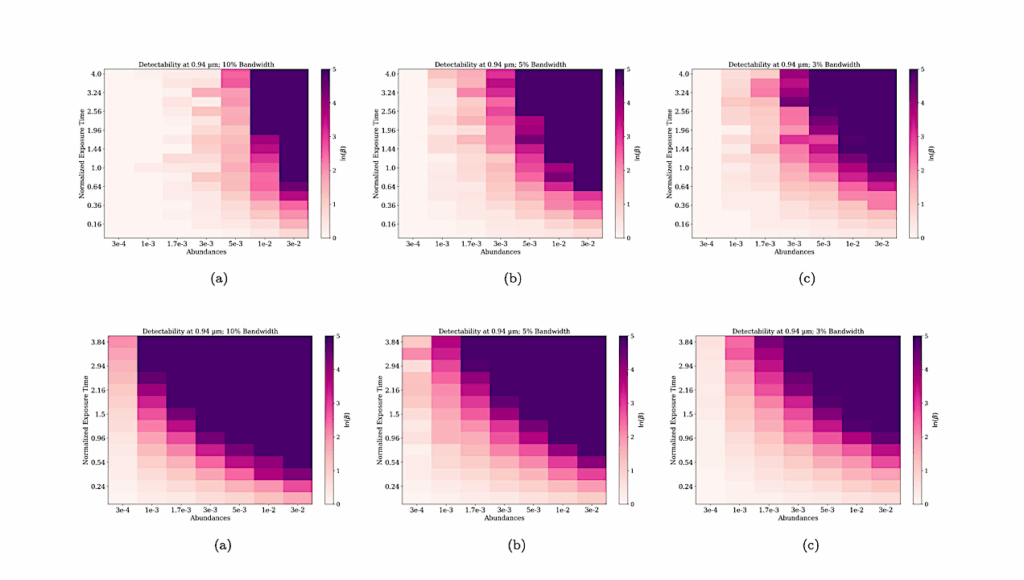Plasma and Thermal Processing Leading to Spatial and Temporal Variability of the Trapped O2 at Europa and Ganymede
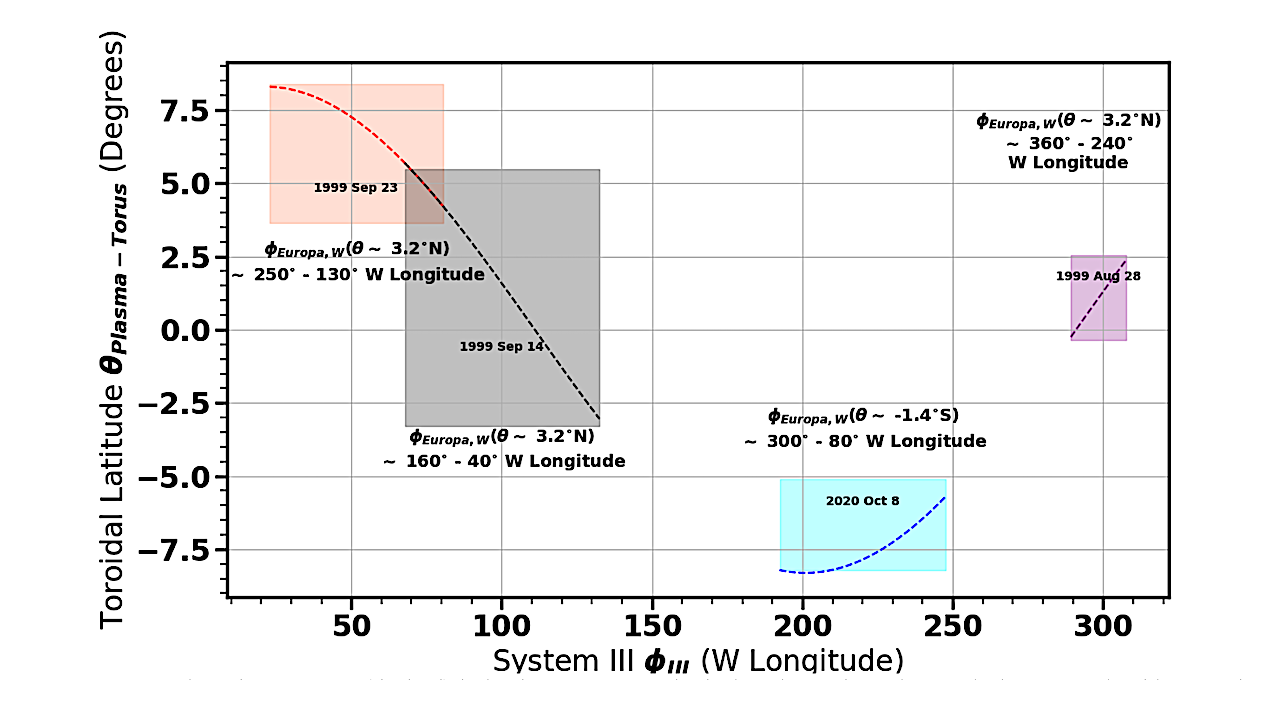
We describe physical processes affecting the formation, trapping, and outgassing of molecular oxygen (O2) at Europa and Ganymede. Following Voyager measurements of their ambient plasmas, laboratory data indicated that the observed ions were supplied by and would in turn impact and sputtering their surfaces, decomposing the ice and producing thin O2 atmospheres.
More than a decade later, Europa’s ambient O2 was inferred from observations of the O aurora and condensed O2 bands at 5773 and 6275 angstroms were observed in Ganymede’s icy surface. More than another decade later, the O2 atmosphere was shown to have a dusk/dawn enhancement, confirmed by Juno data. Although the incident plasma produces these observables, processes within the surface are still not well understood.
Here we note that incident plasma produces a non-equilibrium defect density in the surface grains. Subsequent diffusion leads to the formation of voids and molecular products, some of which are volatile. Although some volatiles are released into their atmospheres, others are trapped at defects or in voids forming gas bubbles, which might be delivered to their subsurface oceans.
Here we discuss how trapping competes with annealing of the radiation damage. We describe differences observed at Europa and Ganymede and roughly determine the trend with latitude of O2 bands on Ganymede’s trailing hemisphere. This understanding is used to discuss the importance of condensed and adsorbed O2 as atmospheric sources, accounting for dusk/dawn enhancements and temporal variability reported in condensed O2 band depths.
Since plasma and thermal annealing timescales affect the observed O2 variability on all of the icy moons, understanding the critical physical processes of O2 can help determine the evolution of other detected oxidants often suggested to be related to geological activity and venting.
Apurva V. Oza, Robert E. Johnson, Carl A. Schmidt, Wendy M. Calvin
Comments: 19 pages, 1 figure, 2 tables, submitted to Astrobiology
Subjects: Earth and Planetary Astrophysics (astro-ph.EP); Materials Science (cond-mat.mtrl-sci); Geophysics (physics.geo-ph); Space Physics (physics.space-ph)
Cite as: arXiv:2504.04177 [astro-ph.EP] (or arXiv:2504.04177v1 [astro-ph.EP] for this version)
https://doi.org/10.48550/arXiv.2504.04177
Focus to learn more
Submission history
From: Apurva Oza
[v1] Sat, 5 Apr 2025 13:48:21 UTC (677 KB)
https://arxiv.org/abs/2504.04177
Astrobiology


